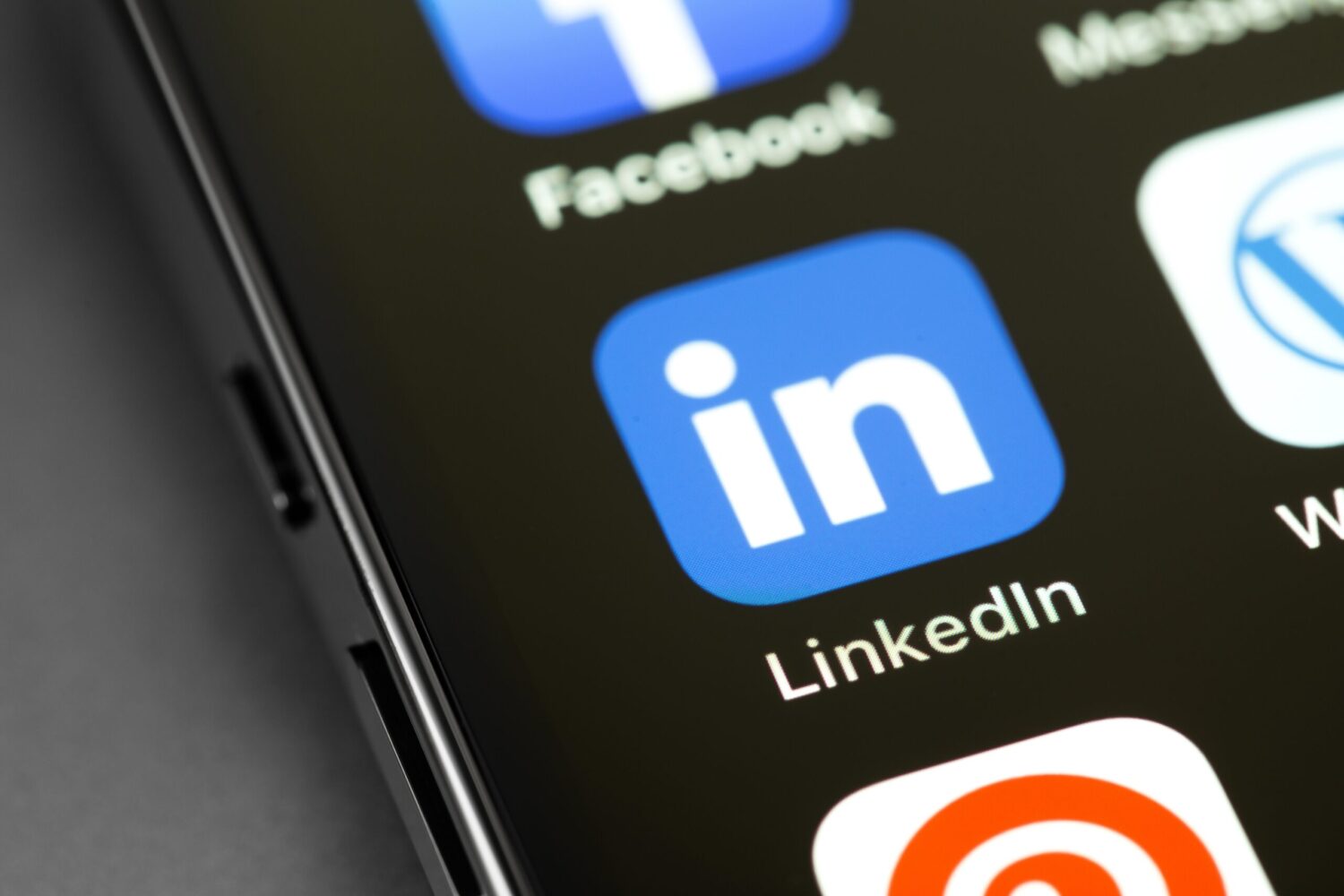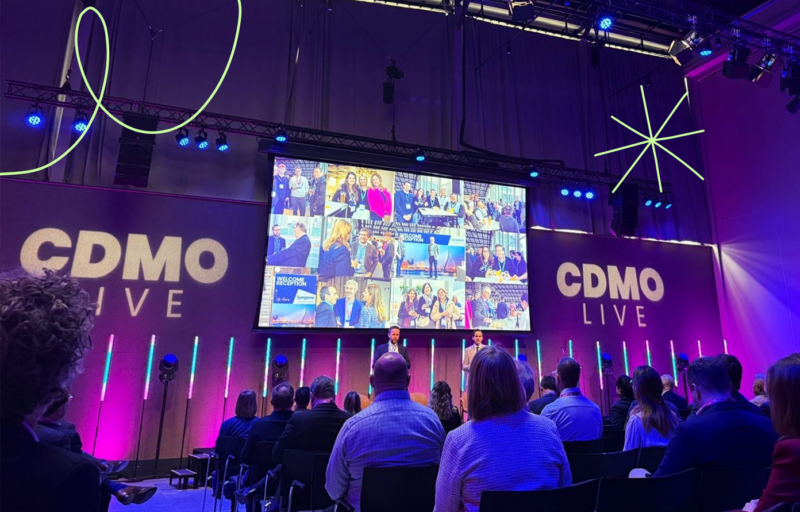blog:
5 key steps for life science companies navigating mergers and acquisitions

Mergers and acquisitions are nothing new, but the rise of social media over the past decade means there’s a whole other set of considerations that need to be accounted for when companies merge or are acquired.
So, you’ve just completed your merger or acquisition – which is by no means a small task – but now you’re looking at two separate LinkedIn pages wondering what the best course of action is.
In this blog post, we’ll guide you through five key steps to consider when handling your LinkedIn company pages during these transformative times.
Step 1: Assess your options
LinkedIn offers a variety of options for these scenarios, let’s take a look…
- Page Merge
- Acquired LinkedIn Page
- Showcase Page
In the words of LinkedIn, page merging is for pages that are “duplicates, regional, unacquired subsidiaries, and/or divisional Pages for the same company.” This means if you want to conduct a page merge, both company pages must be updated to have the exact same name.
But why choose a page merge?
One of the most popular reasons for page merging is that followers and employees can be migrated. This means there’s a lot less work trying to convince your followers from one page to join another. However, the merged Page will no longer be active or discoverable and the data associated with the merged page won’t be accessible either.
So, what about an Acquired LinkedIn Page?
As the name suggests, this is for companies that have been acquired. When actioning requests like these, you’ll have to provide evidence (don’t worry, we can always guide you through this).
An Acquired LinkedIn Page is great for communicating to your audience the current state of affairs. The parent Page will automatically be listed as an affiliated Page on the acquired Page.
If desired you can get an acquired banner that will state ‘X organization was acquired by X organization. To see what’s new, visit X acquiring page’ – essentially behaving as a redirect page. The Acquired LinkedIn Page is still accessible and it can still be used for posting.
And finally, a showcase page
These are used to represent a brand, business unit, or organization initiative. They’re particularly useful when you have a very distinct audience that requires more tailored content, instead of a once-weekly feature on your ‘main’ page.
If the organization doesn’t fall within the above criteria and hasn’t been acquired either, we’d recommend opting for an ‘Affiliated page’ which is used for related or subsidiary organizations.
Step 2: Think about the user journey
From one marketer to another, our advice is – don’t get emotional during this time.
It’s natural to be sentimental, particularly if you’re the organization being acquired. But you must put the user first, and decide what will be most beneficial for their journey. After all, that is the aim of the game.
Effectively weigh up the pros and cons – and harvest any data that may be lost!
We recommend conducting a full audit of all LinkedIn pages to ensure you take on board all significant learnings to ensure a smooth transition for your followers and to help generate a data-driven strategy.
Step 3: Communicate with stakeholders
Transparency is key. Keep your followers and stakeholders informed about the upcoming changes. Craft engaging posts, share the exciting news while assuaging any concerns.
Explain why any changes have taken place and the benefit to the user – keep the messaging light-hearted and friendly, so your audience feels excited rather than overwhelmed.
This is particularly important if opting for a page merge, as the page itself will cease to exist and you don’t want any potential customers searching in a dead end.
Getting employees involved in sharing news of the transition can also aid your organization’s communications and increase reach.
Step 4: Let’s get visual
With a merger or acquisition, it can be challenging when bringing two companies’ branding, messaging and vision together.
During an acquisition, there are a few brand identity situations you could come across. If your company is being absorbed into the parent company’s branding, it’s time to say goodbye to your beloved brand.
On the other hand, you may find your brand is staying separate, meaning your role is to maintain your brand’s message while clearly communicating your new acquisition, especially if it will affect how you operate externally.
Either way, a clear and considered plan is needed. But a few things to keep in mind…
If you’re merging two companies and creating a totally new brand identity, your social presence and content are the chance to put the new brand guidelines into practice.
This is also a great time to experiment with some A/B testing through social graphics; you can begin to gather data on what does and doesn’t work, and implement that in your social strategy going forward.
Step 5: Update your social media strategy
With a new organization in the mix, it’s likely you’ve now got more capabilities or services to shout about. You’ll also have another brand’s marketing to learn from, so you’ll be able to pull in the best of both worlds. This all triggers the need for a new strategy.
The foundation of your strategy should start with taking your business objectives, building these out into wider marketing objectives and then more specific LinkedIn objectives.
Whether you’re keeping to one page or using several pages, ensure all stakeholders are aligned with your chosen strategy.
And remember, harnessing a community of engaged followers whilst raising awareness of your organization is what organic LinkedIn was built for. But how do you create a strategy to achieve that?
We would suggest teaming up with ramarketing…
Get in touch with the team today to see how we can help you get noticed and grow in life sciences.
Navigating the world of mergers and acquisitions can be daunting, but with these five key steps, you can transform the transition into an opportunity for growth. Remember to assess your options, put the user first, communicate with stakeholders, get visual and build a data-driven social media strategy.
Related news, insight and opinion




